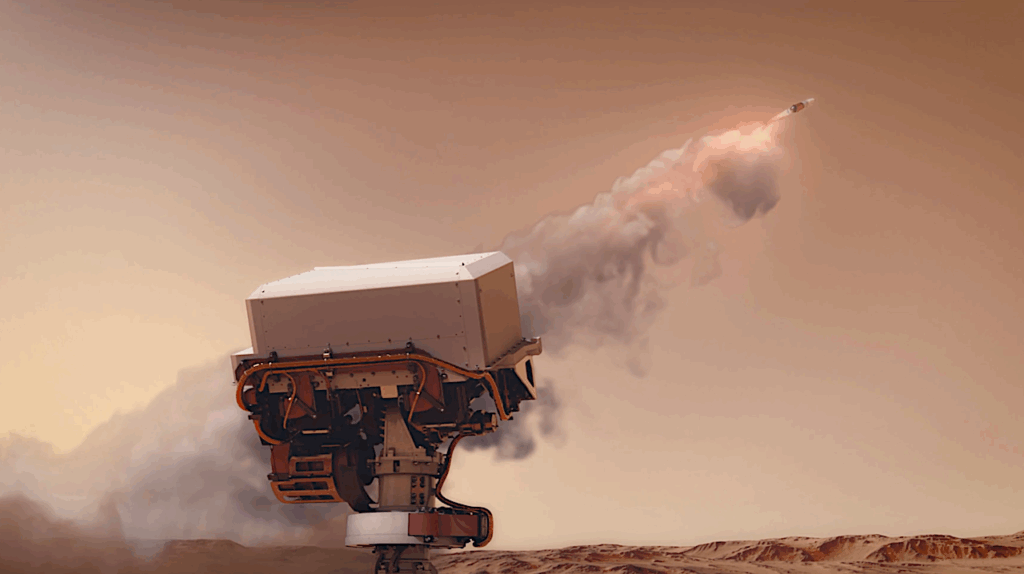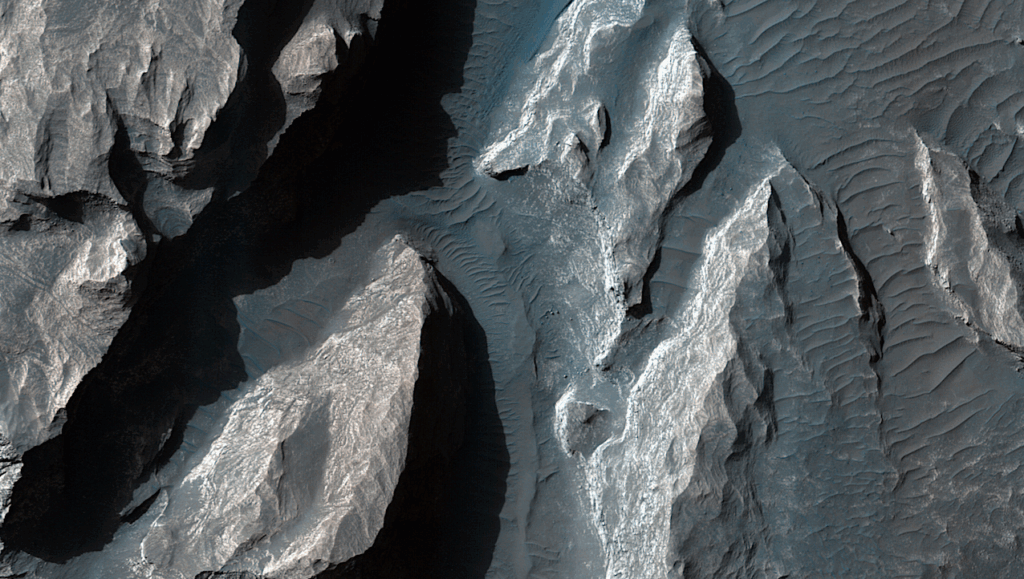Perchlorate Radiolysis on Mars

Astrobiologists supported by the Exobiology element of NASA’s Astrobiology Program have provided new information about the survival of biosignatures on Mars. Their study also provides new insight into data from a NASA mission that was sent to the red planet almost 40 years ago.
In 1976, NASA’s twin Viking probes landed on Mars to search for signs of microbial life. The data they returned created a great deal of debate. The new study published last autumn in the journal Astrobiology reveals details about possible chemical activity on Mars that could help explain the Viking results. The team simulated martian conditions in the laboratory and performed experiments to examine the martian environment at the Viking landing sites. The results suggest that the Viking landers found evidence of perchlorate salts – not evidence of life.
“What the discovery of perchlorate tells us about is how the surface of Mars may have evolved in more recent times,” said lead author Richard Quinn of the SETI Institute in an interview with Astrobiology Magazine. “The question is about preservation potential of biosignatures rather than the intrinsic habitability of the ancient environment.”







